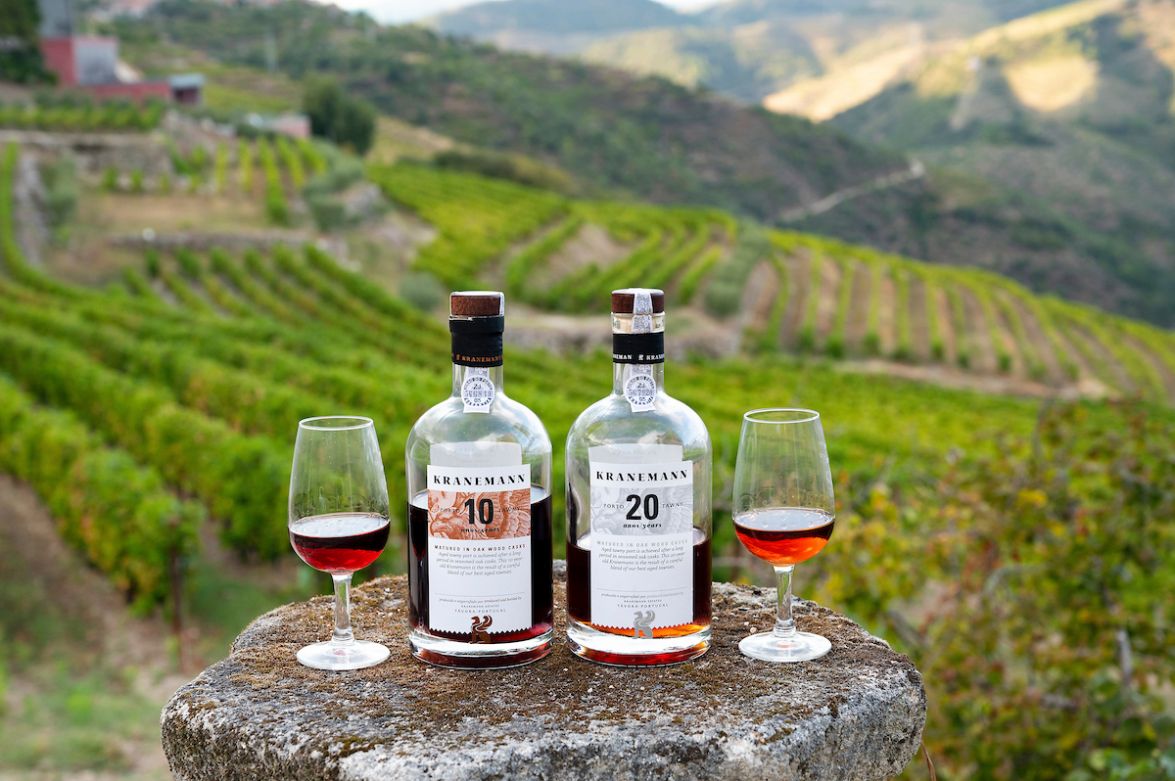Port is a fortified wine that is produced from grapes grown in the Upper Valley regions of the Douro River in Northern Portugal. The original wines are strengthened by the addition of distilled wine (i.e. essentially brandy) early in the production process. And the resulting blend has an alcoholic strength typically in the region of 19-20% as compared with the usual 12-13% for your average wine.
The fortified Port wine are ship out from the town of Oporto, known to the Portuguese simply as Porto, hence the common shorthand name of the beverage. Bear in mind though that not all of the wines produced from the Douro region’s grapes are turn into the familiar Port wine – there are of course standard table wines produce too. Those wines that are use for the production of Ports are not only dependent for their quality on the grapes use to produce the wine, but of course also rely on the quality of the fortifying spirit use and the methods used to blend the final Port wine product.
Hence the role of the Port shipper is a very important one, alongside the usual importance of climate and terrain. There are lots of famous shippers that you may already have heard of: Croft, Warre, Taylors, Dow’s, Fonseca. And many more, and the practices and expertise of the shipper are likely to favour different styles of Port.
As a starting point though, there are four main varieties. That you should be aware of: Vintage Port, Tawny Port, Ruby Port, and White Port. The remainder of this article will therefore provide an overview of these main types of Port.
Vintage Port Wines
As the name would suggest, Vintage Ports are Port wines. That are produce from grapes all grown in the same year (but typically not the same vineyard). Always of course a year that was blesse with excellent growing conditions. Particularly in the period from the blossoming of the vines to the reaping of the harvest. It is down to the individual shippers to make the judgment as to whether a year constitutes a vintage. And even if a vintage year is declare the shipper will not necessarily use all of the wines from that year for the production of vintage Ports.
As is the case for vintage wines, vintage Ports will have subtleties and characteristics. That stem from those of the year in which the grapes were produce. Broadly speaking, the vintage may substantial enough that it demands the Port wines stored for many years before they attain perfection. Or it may be a lighter vintage resulting in Port wines that will be ready for drinking much earlier.
Overall then, the characteristics of vintage Ports will be highly nuanced. Typically the Port wine will have been bottle within 2 years of its production. And will be a deep red with utterly beautiful tones. And textures to the palate along with a subtle and delicious bouquet. The very best vintage Ports are to be treasure and will come with a corresponding price tag.

